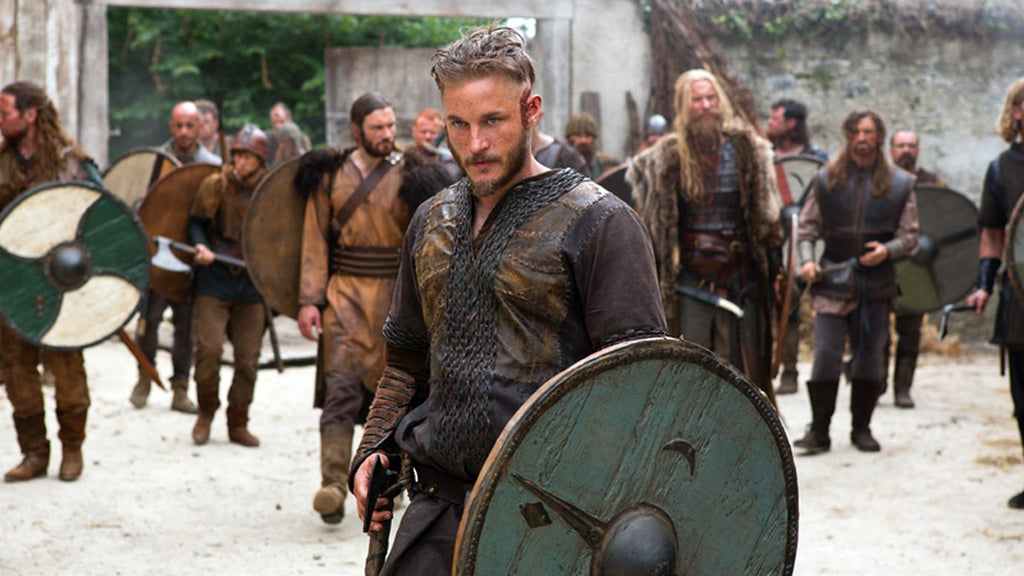Did the Vikings Ever Have Feudalism in Viking Age?
Back to the Viking Age, the Vikings had no stone castle built. The archaeological evidence we have got by far are the complexes of trelleborgs that is a ring-shaped fort to protect the Vikings who lived inside. But why the Vikings had no stone castle which once was the symbol of wealth and power? The reason is deeply associated with "Feudalism".
So did the Vikings ever have feudalism back in their times?
The answer is no.
According to the historians, following after a conquest was the colonialism. For example, a foreign invader, the Franks, managed to conquer a country and the leader or the King of the Franks had to find out a way to rule this vast land. Dividing the country into small parts was the best way to control the whole country.
The Feudalism was designed to be a top-down pattern. The King was the most likely to hold all powers and he was the only one who could all land by the name of god. As he won the war, he became the king.

Did the Vikings ever show any trace of feudalism in their time?
Meanwhile, people in the Viking Age built their community with the bottom-up pattern. The society was developed mostly by the farmers. The society was developed by the farmers who owned the land. The farmers teamed up together into a village. Many villages teamed up to make a country. The people in the country would gather at the traditional Althing ritual to observe and make the decision on serious problems.
During the Althing, the Vikings could elect a king who would finally become the leader of the military defence.
So generally, the Vikings had no feudalism. Although the Viking divided their population into classes from the Jarls to the slaves or thralls, the Viking still wasn't in the feudalism. The Viking king didn't take the whole power of the country. Also, the Viking king didn't offer land for other people for the military service from his free men. Rather, they were more likely to volunteer to go on raiding to change their own fate.




